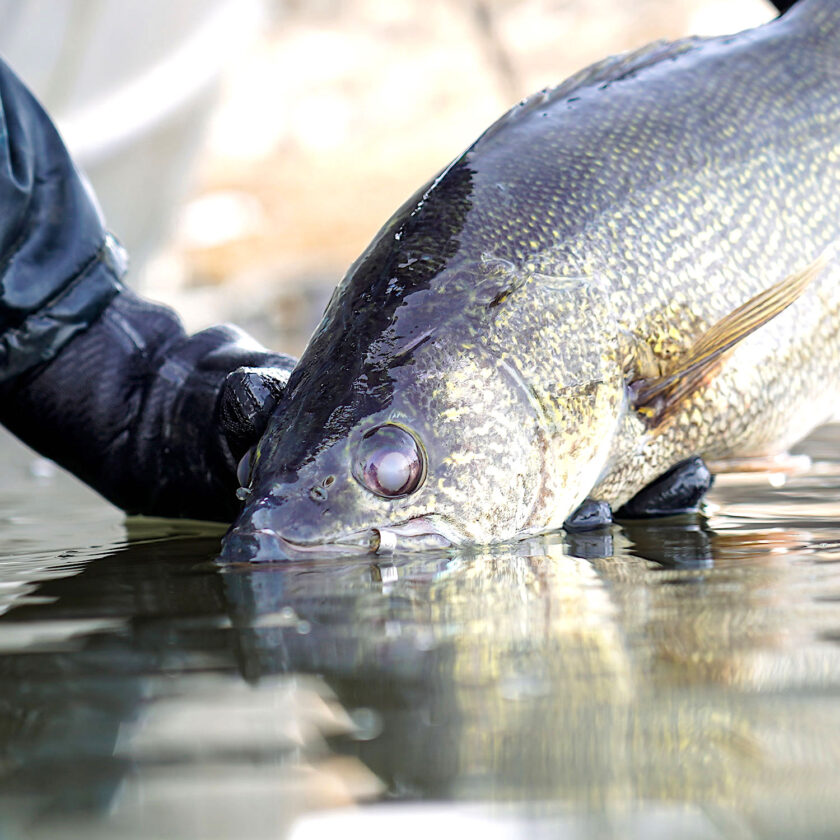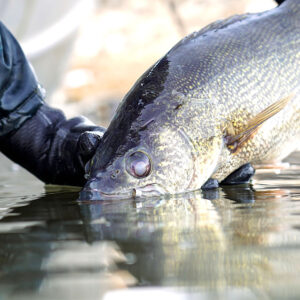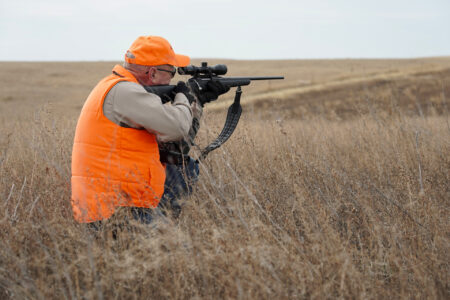North Dakota Outdoors: Funding for fishing celebrates 75 years

Submitted Photo The Sport Fish Restoration Act isn’t just about fishing and equipment; it’s about people and the memories. Photo from NDGF.
When I see kids balancing a rod and tackle box while riding a bike to a nearby river or fishing hole, I pause and smile. Years ago, I did that. So did my son. And it’s reassuring to know with all the distractions and noise in this digital age a remnant remains drawn to a worm, a hook, friends and fishing. Generations before me grew up with the same and, hopefully, so will many more.
A conversation with some old timers about fishing before the age of two-lane, concrete boat ramps, steel fishing piers and state of the art fish cleaning stations, a Sunday fishing trip was sliding down muddy banks of the river, spinning rear-wheel-drive sedan tires on the metal ramp planks and filleting fish on old newspaper.
Just like indoor plumbing, electricity and air conditioning, what we didn’t have makes us appreciate what we sometimes take for granted. While we smile and acknowledge the memories, nobody wants to go back to outhouses. The same goes for modern day fishing.
We’ve come a long way and should be thankful for the 75th birthday of the Sport Fish Restoration Act, also known as the Dingell-Johnson Act.
Rep. John Dingell Sr. and Sen. Edwin C. Johnson sought to change this and modeled new legislation after the successful Pittman-Robertson Act of 1937, which funded wildlife conservation through federal excise taxes on firearms and ammunition. The Dingell Johnson Act was signed into law at a time after World War II. While industry was growing, cities did too. But our rivers, lakes and sloughs were challenged.
The congressmen applied the same principle to sportfishing – a federal excise tax paid by the manufacturers of most fishing equipment that would support state and territorial fish and wildlife agency fisheries management efforts, habitat restoration, angling opportunities, and waterway access.
The Sport Fish Restoration Act funding, administered by the U.S. Fish and Wildlife Service’s Office of Conservation Investment, provides Americans with the best sport fisheries on earth. Each state, territory, and commonwealth benefits.
The act supports the maintenance and operation of over 9,000 public boating and fishing access areas, provides aquatic education and an introduction to fishing to nearly 850,000 individuals annually, allows state biologist to manage and monitor over 200 species of sport fish, and funds the operations of more than 320 state fish hatcheries that stock more than 1 billion fish annually into American waterways.
All of this is accomplished through the act’s authorization of a 10% federal excise tax on fishing equipment, a 3% tax on electric boat motors and tackle and fly boxes, import duties on tackle, pleasure boats and yachts, and a portion of the federal gas tax that is attributable to motorboats and small engines. To date, eligible state, commonwealth and territory agencies have received more than $12 billion in federal funds, matched by billions of dollars in state license funds to foster fisheries conservation and connect people with the outdoors.
The Sport Fish Restoration Act isn’t just about fishing and equipment; it’s about people and the memories. Parents teaching their kids how to put a worm on a hook, the family enjoying time together. Even the local fish fry brings neighbors and communities together. Just like the kids then and now.




